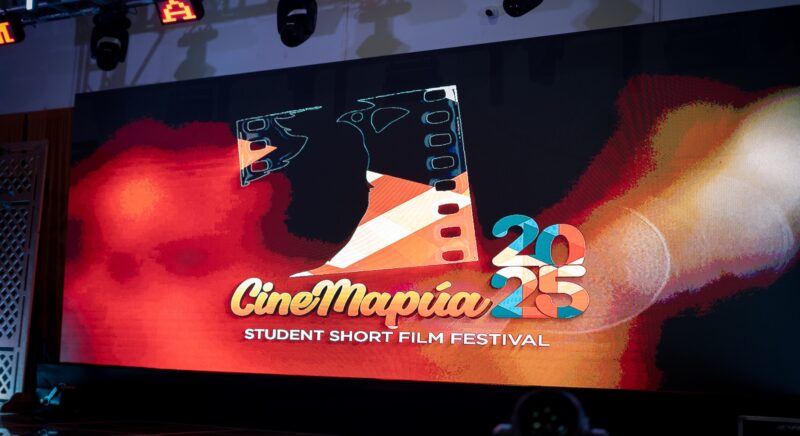In the high-stakes world of art, authentication and provenance aren’t mere formalities but pillars used to guide value and guard legitimacy. Provenance is always more than a certificate of authenticity or a name on the back of a frame, but the accumulated history of a piece: where it has been, who has loved it, and what lives it has touched.

Sometimes, the journey of an artwork can be as compelling as the art itself. Consider “Salvator Mundi,” attributed to Leonardo da Vinci, which vanished for decades before resurfacing in a small Louisiana auction in 2005. It then ascended to global fame after being acquired by a Saudi prince for $450 million.

Or think of Gustav Klimt’s “Portrait of Adele Bloch-Bauer I,” which was stolen by the Nazis during WWII, then later reclaimed by its rightful heir, an Austrian American Jewish refugee.
While provenance is a strong indicator of taste, its deeper power lies in how it connects people, time, and memory. Behind the sealed glass of museums and the drama of auction houses, a quiet yet formidable discipline sustains the art market and its hierarchies to back this provenance: connoisseurship.
READ: Zóbel pieces headline Leon Gallery’s ‘The Spectacular Mid-Year Auction’
The connoisseur’s eye for taste, trust, and tiny details
At its core, connoisseurship is the ability to discern, through trained observation, the unique touch of an artist. A connoisseur is able to determine how an artist renders forms, textures, or minute anatomical features.
Historically, connoisseurship has been practiced by figures like Giovanni Morelli, Gustav Friedrich Waagen, and Bernard Berenson, whose methodologies shaped the way we judge and assign value to artworks.
Morelli, for instance, developed a near-algorithmic approach: Rather than focusing on grand subjects or expressions, he zeroed in on involuntary stylistic habits, like how an artist draws a fingernail, a curl of hair, or the folds in a sleeve. These micro-details, he argued, were more reliable than signed names, making this “Morellian method” a kind of forensic science.

Berenson, his disciple, infused this with something more psychological. He proposed that the way forms are felt visually in painting offer insight into the artist’s personality. He made connoisseurship less about data and more about sensation.
While these are art historical theories from the early 19th century, these methods reverberate today in conservation labs and auction halls. Conservation decisions hinge on understanding an artist’s intentions: What kind of glaze did they use? What was their brush rhythm? Knowing that can prevent misguided restoration or, worse, erasure.
Meanwhile, auction houses still rely on experts trained in this lineage. A confident attribution from a respected connoisseur can mean the difference between a forgotten canvas and an artwork on the block for eight figures.
READ: This 2025, The Spectacular Mid-Year Auction of Leon Gallery highlights legacy on the block
When history pulses in a painting
Within the pages of the catalog of The Spectacular Mid-Year Auction of León Gallery, coming up on June 7, 2025, there is an invisible thread of history that manifests in both connoisseurship and provenance.
Connoisseurship comes into frame not only by identifying skill or style of certain Philippine artists but also through discerning stories behind artwork, especially those that deepen cultural and emotional weight.
Take for example a Zóbel painting that once hung in the halls of the National Museum for a decade. Beyond its institutional provenance, Fernando Amorsolo’s “The Burning of Manila” speaks to the Zobel family’s personal wartime experiences, going beyond museum walls to the tides of history.


Consider also a rare Vicente Manansala painting, “From the Market,” one of the few works ever kept by the artist’s own family. Owned by the artist’s mother, it holds a history colored by Amorsolo’s own contradictions. The master painter never held a solo show during his lifetime, as he often sold his artworks right after painting them, only to gamble the money in cockpit arenas. The subjects themselves depict the artist as a sabungero, showing Manansala’s acute self-awareness.
The sale also features works from one of the country’s earliest and most influential collectors, the lawyer Don J. Antonio Araneta. His collection includes works of Justin Nuyda, Manansala, and Carlos “Botong” Francisco. The Araneta collection reflects a foundational moment in Philippine art collecting, as their early patronage helped support the early careers of many of the artists we revere today.
READ: The lost art of egg tempera: Anita Magsaysay-Ho’s rare Renaissance revival
On the other end of the spectrum, the contemporary collection of Vicki Belo and Hayden Kho shows one of evolving tastes, a contemporary custodian of culture, and the next generation of cultural investment.


Adding another layer of historical richness to the auction is the participation of historian and columnist Ambeth Ocampo. A chronicler of the nation’s overlooked past, he offers objects from what he calls his “cabinet of curiosities.”
Known for his ability to revive the past with wit and precision, Ocampo contributes pieces that reveal his deep, almost forensic affection for memory and narrative. Among them is a silver quill once awarded to Emilio Jacinto in a poetry contest, a tangible link to the Katipunero’s intellectual life beyond revolution. Like Rizal’s personally annotated copy of Antonio de Morga’s “Sucesos de las Islas Filipinas,” these items shift the idea of provenance from possession to participation, of being part of a chain of history.
***
While provenance and connoisseurship take their roots from the past, they are not relics but practical, consequential tools in today’s art world.
Thinking practically, provenance can also matter in items like cars and watches, but it’s still more crucial in art. Without serial numbers or technical specs, artworks rely on ownership history to prove authenticity and value.
This practice of provenance in the art world impacts auctions, conservation, scholarship, and legacy-building. And in an age of forgeries, shifting markets, and fluctuating trends, they help us ask: What makes a work worth keeping? Who decides?
And often, the answer lies in both the art and its trail of care, as provenance proves to be the ultimate proof of a unique individual’s personal taste, as well as a guide, as it passes to its next custodian of culture.
Leon Gallery’s The Spectacular Mid-Year Auction 2025 will be happening on June 7, 2025, 2 p.m. at Eurovilla 1, Rufino corner Legazpi Street, Legazpi Village, Makati City






































